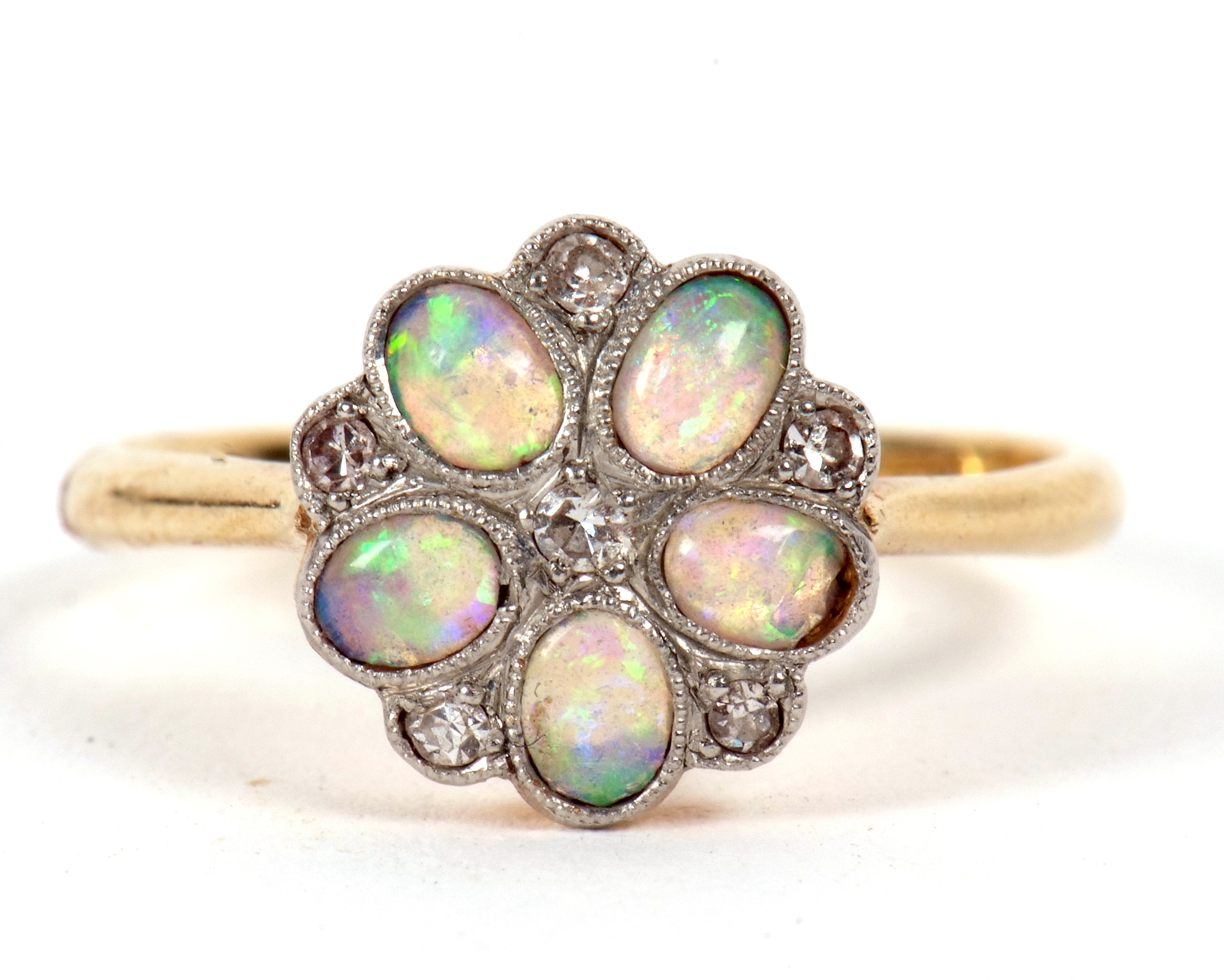

02/03/2024 General News
Across the nation, dozens of auction houses will be holding sales today, just as they do most days of the year, writes Angeal Marshall. In each of those sales, anything between 100 and 1,000 lots will go under the hammer. If the auction house has done its job properly – accurate valuations, attractive photography, effective marketing and so on – then the majority of those lots will find a buyer.
Not all, of course, any more than a High Street retailer will see its shelves empty at the end of a day’s trading. There will always be some lots which simply didn’t appeal to the buyers present at the auction (either in the room or online), or which had over-ambitious estimate and/or reserves, often figures on which the vendors themselves have insisted.
A sale where 100% of the lots are sold is almost unheard of. Prior to this month, it has only happened once to me during a career spanning more than two decades. So when all 153 lots in Keys’ February Jewellery Sale were snapped up, many of them for hammer prices beyond their upper estimates, it was noteworthy to say the least.
The first thing to say is that the room itself was absolutely packed, probably the biggest crowd we have seen at our Aylsham salerooms since before Covid. Of course, online bidders are hugely important in the auction profession nowadays (generally between 70% and 80% of bids are made online), but a large number of in-person bidders always bodes well for the end result.
It is interesting that it was a Jewellery Sale which brought such a large crowd, and equally noteworthy that so many of those present were individual collectors rather than professionals or traders.
It would seem that in the present economic environment, people want to put their money into things they can use and enjoy, rather than salting it away in bank accounts with not very attractive interest rates.
These kind of buyers tend to buy with their hearts as much as their heads. You might be surprised to learn that this very much pleases many of our vendors: it’s not just about how much cash they will make from the sale, but also about the wish for their items to be as loved and appreciated by someone else as they once did.
Because the majority of the bidders were collectors, the sale gave a good indication of the kind of jewellery which is most sought-after at the moment. This includes older cuts of stones, such as old mine cut diamonds, pieces from the Belle Epoque and Art Deco eras, stones with deeper colours, and pieces which are individual and have the character which is arguably absent from more mass-produced jewellery.
Unlike professional buyers, collectors very much rely on the expertise of the auction house to be confident that what they are buying is genuine, and valued accurately. Sadly, many auction houses do not have the relevant expertise in-house for jewellery in particular. Both buyers and sellers should always ask whether an jewellery expert is qualified, ideally a Fellow of the Gemmological Association of Great Britain (a qualification I hold).
The combination of a growing appetite for vintage jewellery, an expertly catalogued and marketed sale, and a welcome return to in-person bidding led to only the second ‘100% sold’ auction of my career. I can’t wait for our next Jewellery Sale in April.